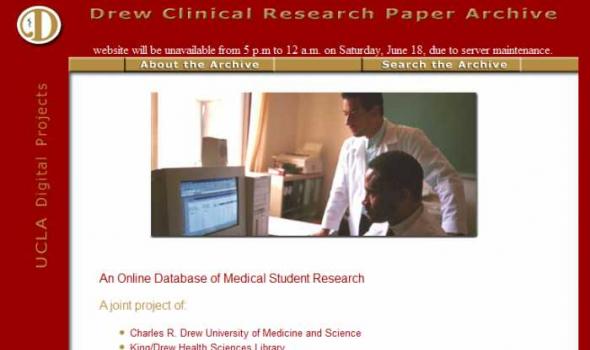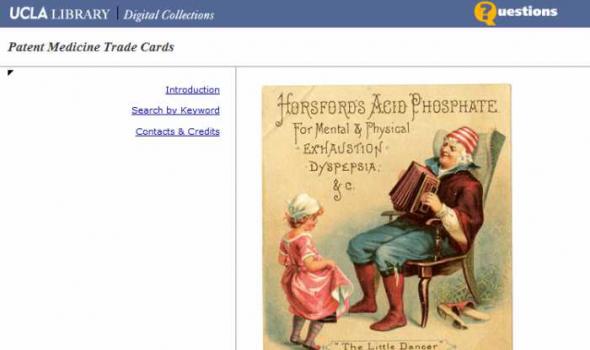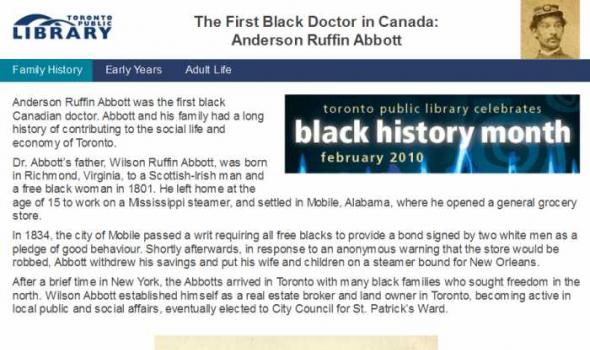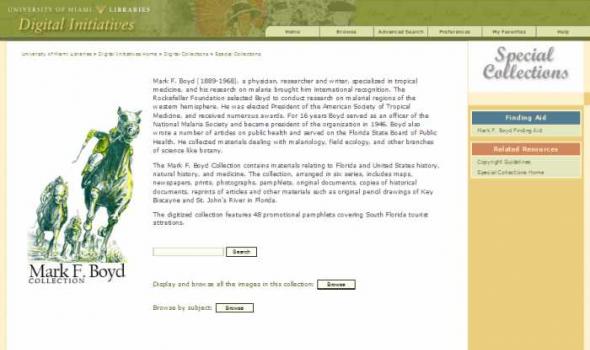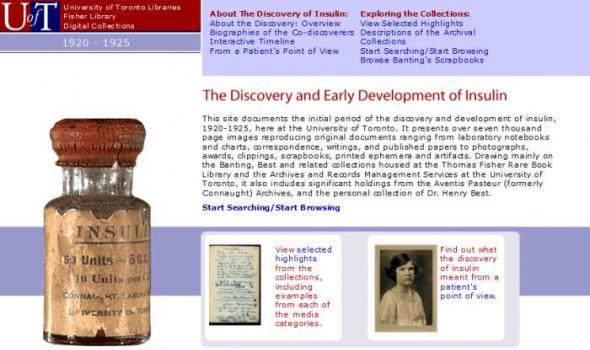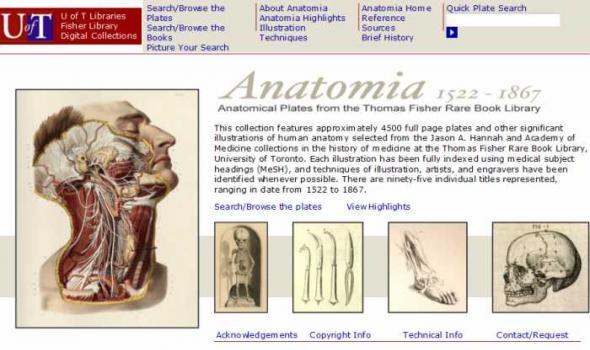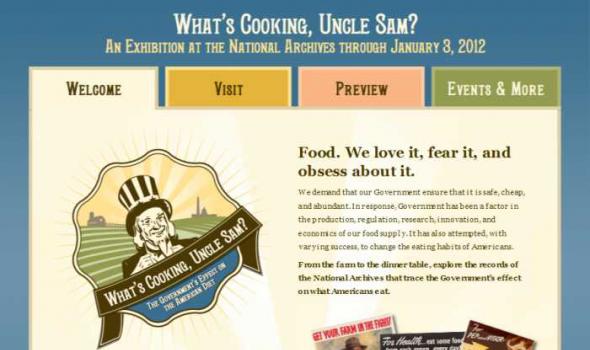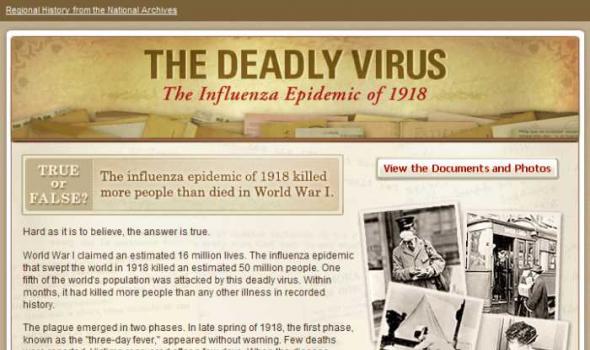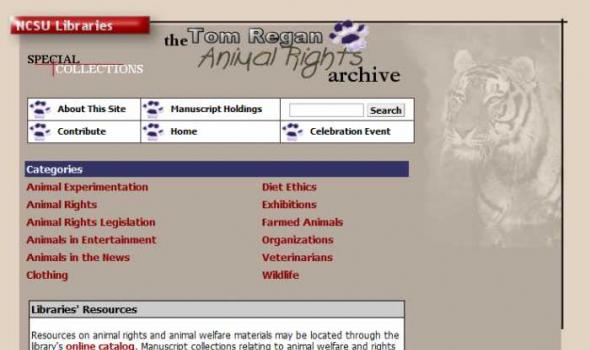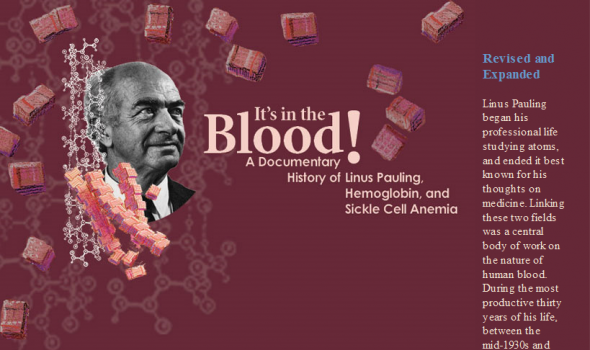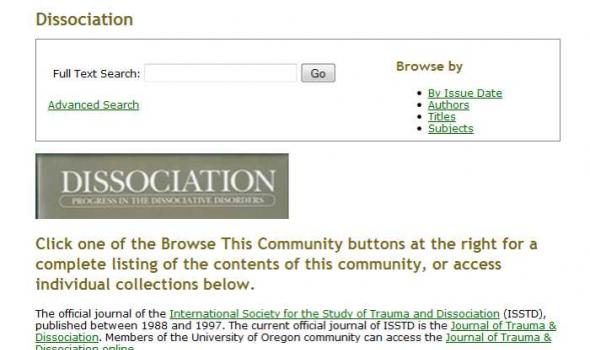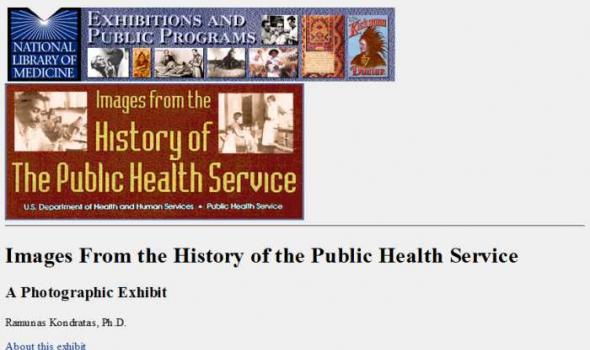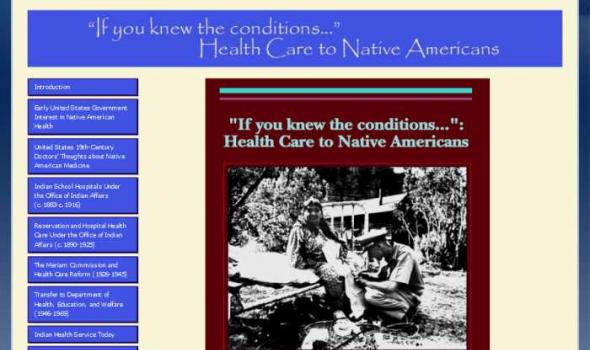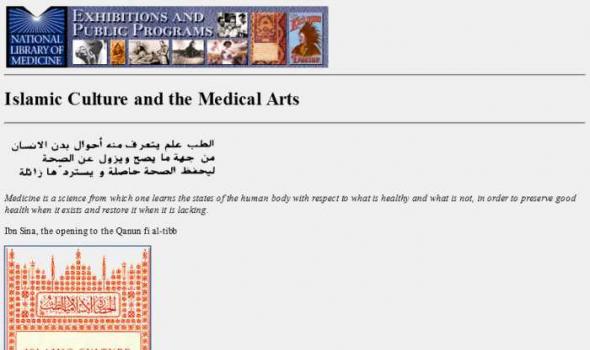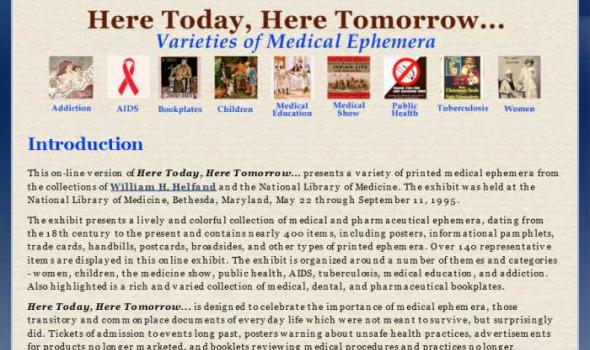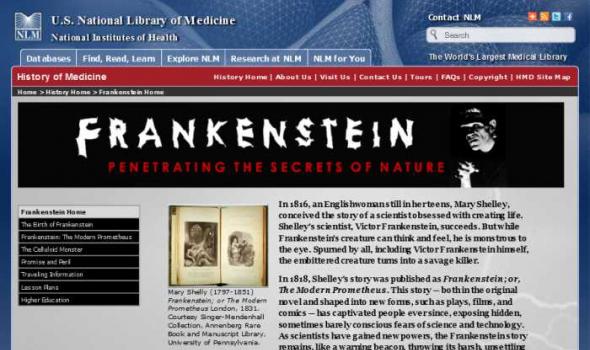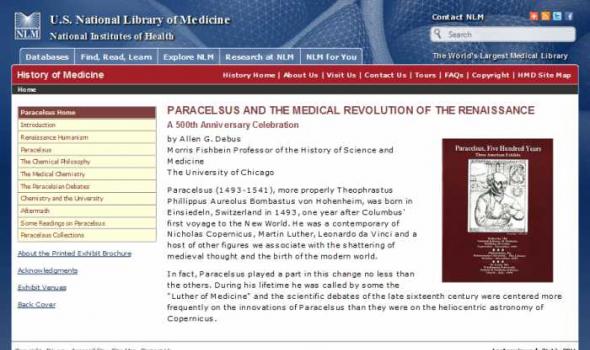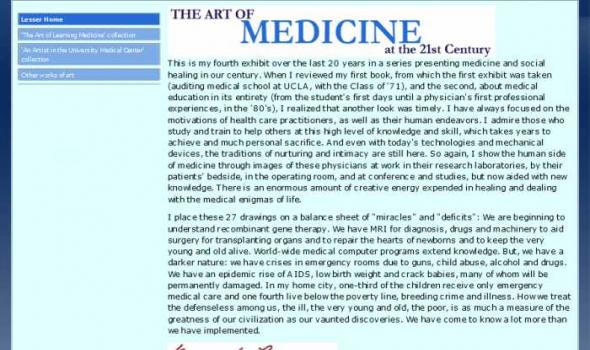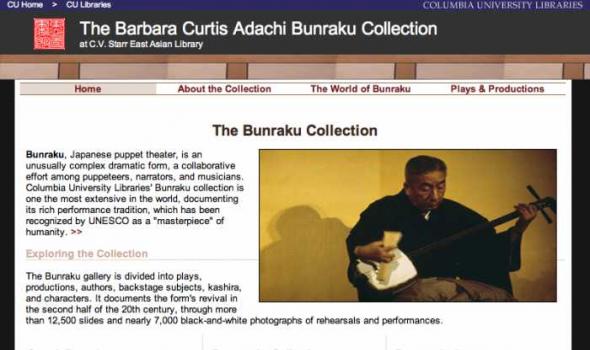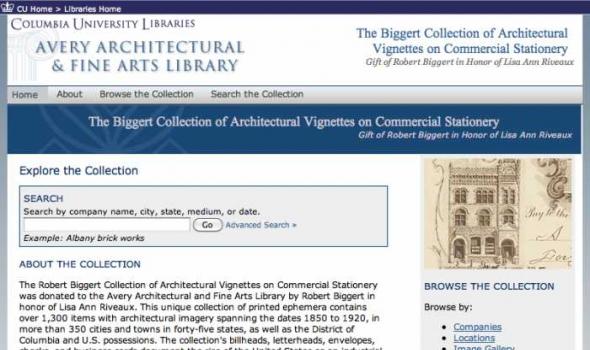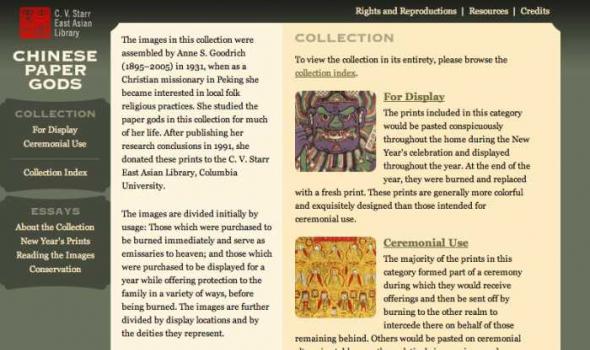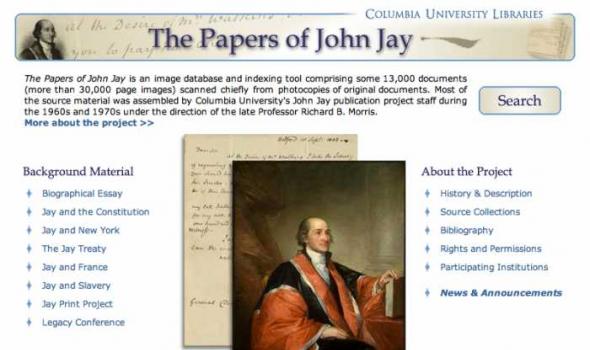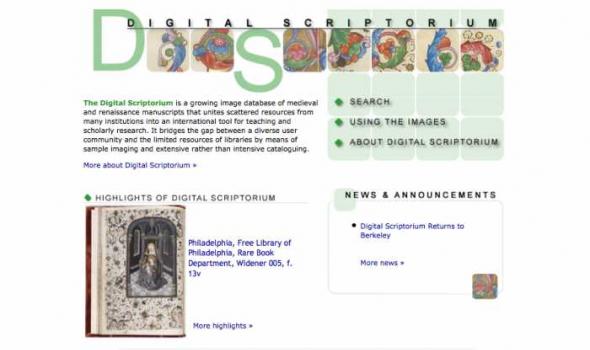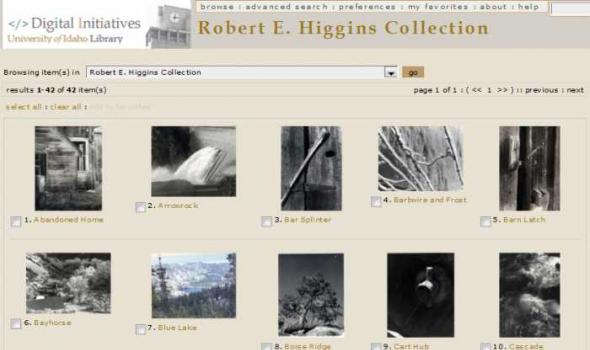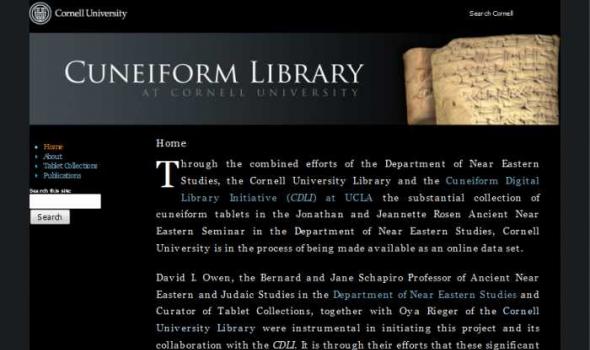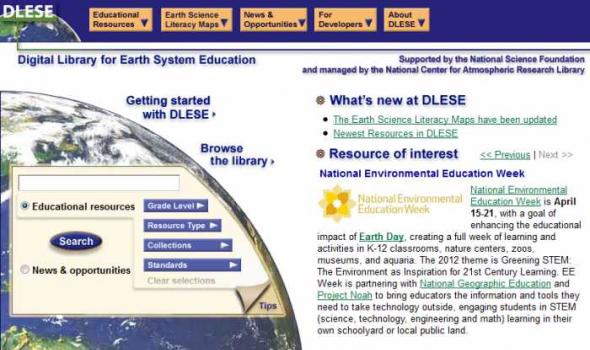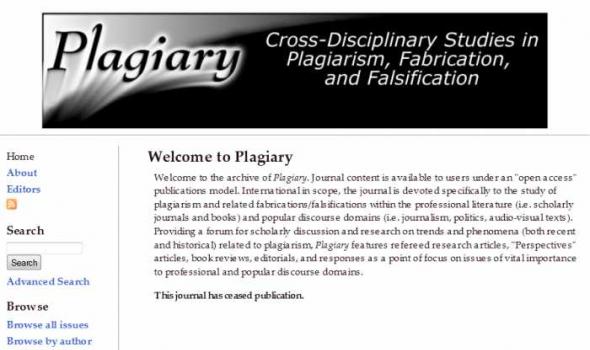Category: Health & Medicine
Results
Students in the Drew/UCLA medical program conduct an original research project related to the Primary Care program as part of their graduation requirements. The research projects generally grow from the students experiences in the Primary Care program continuity clinic that the students attend throughout their third year. During this year, students develop their research question, write a protocol, and obtain IRB approval for their research. Research is mainly conducted throughout the 4th year, culminating in a research paper and presentation at a student research colloquium. This research program will be transforming into a full medical thesis program beginning with the class of 2004.
Patent medicine is the term given to various medical compounds sold under a variety of names and labels, though they were for the most part actually trademarked medicines, not patented. In ancient times, such medicine was called nostrum remedium, "our remedy" in Latin, hence the name "nostrum"; it is a medicine whose efficacy is questionable and whose ingredients are usually kept secret.
The trade cards are small, colorfully illustrated advertising cards touting a particular medicine and its many cures. The illustrations often have little to do with any of the ailments purported to be cured. They were pure advertising and very collectible. The era of patent medicine began to unravel in the U.S. with the passage of the first Pure Food and Drug Act in 1906.
Welcome to Local Flavour. This virtual exhibit surveys the various aspects of eating in Toronto over a span of 125 years. To turn the pages of Toronto's, click your mouse near the edge of the page to the right and then drag the mouse across to turn page. Or use the 'Next page' and 'Previous page' buttons at the top to flip through pages. You can also use the 'Go to page...' dropdown menu to quickly jump to any section of the exhibit.
The First Black Doctor in Canada: Anderson Ruffin Abbott Anderson Ruffin Abbott was the first black Canadian doctor. Abbott and his family had a long history of contributing to the social life and economy of Toronto. Dr. Abbott’s father, Wilson Ruffin Abbott, was born in Richmond, Virginia, to a Scottish-Irish man and a free black woman in 1801. He left home at the age of 15 to work on a Mississippi steamer, and settled in Mobile, Alabama, where he opened a general grocery store. In 1834, the city of Mobile passed a writ requiring all free blacks to provide a bond signed by two white men as a pledge of good behaviour.
DIGITAL COLLECTIONS About the Collection The Kornhauser Health Sciences Library History Collections house a valuable body of historical manuscripts documenting the evolution of medical training and health care practices in Kentucky during the nineteenth and twentieth centuries, including the history of medical and health sciences schools in Louisville and the surrounding region. It is made up of several collections held by the library. Materials include class photographs and related images associated with the Louisville General Hospital School of Nursing, University of Louisville School of Dentistry, and University of Louisville School of Medicine, as well as early medical school catalogs listing students for each session.
Mark F. Boyd (1889-1968), a physician, researcher and writer, specialized in tropical medicine, and his research on malaria brought him international recognition. The Rockefeller Foundation selected Boyd to conduct research on malarial regions of the western hemisphere. He was elected President of the American Society of Tropical Medicine, and received numerous awards. For 16 years Boyd served as an officer of the National Malaria Society and became president of the organization in 1946. Boyd also wrote a number of articles on public health and served on the Florida State Board of Public Health. He collected materials dealing with malariology, field ecology, and other branches of science like botany. The Mark F.
This site documents the initial period of the discovery and development of insulin, 1920-1925, here at the University of Toronto. It presents over seven thousand page images reproducing original documents ranging from laboratory notebooks and charts, correspondence, writings, and published papers to photographs, awards, clippings, scrapbooks, printed ephemera and artifacts. Drawing mainly on the Banting, Best and related collections housed at the Thomas Fisher Rare Book Library and the Archives and Records Management Services at the University of Toronto, it also includes significant holdings from the Aventis Pasteur (formerly Connaught) Archives, and the personal collection of Dr. Henry Best.
This collection features approximately 4500 full page plates and other significant illustrations of human anatomy selected from the Jason A. Hannah and Academy of Medicine collections in the history of medicine at the Thomas Fisher Rare Book Library, University of Toronto. Each illustration has been fully indexed using medical subject headings (MeSH), and techniques of illustration, artists, and engravers have been identified whenever possible. There are ninety-five individual titles represented, ranging in date from 1522 to 1867.
What’s Cooking Uncle Sam? An Exhibition at the National Archives through January 3, 2012 Food. We love it, fear it, and obsess about it. We demand that our Government ensure that it is safe, cheap, and abundant. In response, Government has been a factor in the production, regulation, research, innovation, and economics of our food supply. It has also attempted, with varying success, to change the eating habits of Americans. From the farm to the dinner table, explore the records of the National Archives that trace the Government’s effect on what Americans eat.
The Deadly Virus True or False? The Influenza Epidemic of 1918 killed more people than died in World War One. View the Documents and Photos Hard as it is to believe, the answer is true. World War I claimed an estimated 16 million lives. The influenza epidemic that swept the world in 1918 killed an estimated 50 million people. One fifth of the world's population was attacked by this deadly virus. Within months, it had killed more people than any other illness in recorded history. The plague emerged in two phases. In late spring of 1918, the first phase, known as the "three-day fever," appeared without warning. Few deaths were reported. Victims recovered after a few days. When the disease surfaced again that fall, it was far more severe.
This animal rights research site was designed by the NCSU Computer Science Senior Design Center students Shane Smith, Brenda Loehfelm, Sherry Pitz, Alan Seales, and Matt Senter, in consultation with the NSCU Libraries’ Special Collections, Digital Library Initiatives, and Systems Departments.
The three sections of It's in the Blood! A Documentary History of Linus Pauling, Hemoglobin and Sickle Cell Anemia work together to provide an unusually rich source of information on Pauling's work in blood biochemistry and molecular disease. Navigate between the sections by using either the links on the site's home page or the links at the top of any page within the site. Narrative - The first section tells the story of Linus Pauling's research into the nature of human blood.
About Scholars' Bank Welcome to Scholars' Bank , an open-access digital repository created to capture, distribute and preserve the intellectual output of the University of Oregon. Scholars' Bank is maintained by the University of Oregon Libraries, under the coordination of Digital Library Services . Using the open-source software DSpace, available from MIT and Hewlett Packard, Scholars' Bank provides stable, long-term storage needed to house the digital products of UO faculty and researchers. If you are interested in starting a community or contributing to an existing community contact a Scholars' Bank representative at scholars@uoregon.edu .
Images From the History of the Public Health Service A Photographic Exhibit Table of Contents Disease Control and Prevention About this exhibit The original work is dedicated to the memory of Ronald J. Kostraba (1942-1991) of the OASH Administrative Services Center, whose dedication to design excellence, tireless research and planning produced this exhibit. The online version was prepared by David Harding under the supervision of R. P. C. Rodgers, M.D. It is organized according to the pagination of the original printed document. Minor factual and spelling corrections have been made to the original text.
History of Medicine Early United States Government Interest in Native American Health Although U.S. Army surgeons treated Native American victims of smallpox near the opening of the 19th-century, government concern for Native American health at this time was manifest more in counting the numbers of people who died from this and other diseases, and estimating how many were left, than in providing institutional remedies. Jedidiah Morse's report indicates this interest: Determining where "Indians" were in North America and how many they were. The report is addressed to the Secretary of War. Indian affairs were administered by the War Department until 1849. The U.S.
Islamic Culture and the Medical Arts Preface On the 30th of November 1094 AD (or to be more precise, the 19th of the month Dhu al-Qa`dah in the year 487 of the Muslim era), a scribe in Baghdad completed a copy of an Arabic treatise by one of the most important medieval physicians and clinicians -- Abu Bakr Muhammad ibn Zakariya' al-Razi, who worked in Baghdad in the previous century and was later known to Europe as Rhazes. This manuscript is the oldest volume in the National Library of Medicine (NLM) and the third oldest Arabic manuscript on any medical topic known to be preserved today.
This on-line version of Here Today, Here Tomorrow... presents a variety of printed medical ephemera from the collections of William H. Helfand and the National Library of Medicine. The exhibit was held at the National Library of Medicine, Bethesda, Maryland, May 22 through September 11, 1995.
History of Medicine In 1816, an Englishwoman still in her teens, Mary Shelley, conceived the story of a scientist obsessed with creating life. Shelley's scientist, Victor Frankenstein, succeeds. But while Frankenstein's creature can think and feel, he is monstrous to the eye. Spurned by all, including Victor Frankenstein himself, the embittered creature turns into a savage killer. In 1818, Shelley's story was published as Frankenstein; or, The Modern Prometheus . This story — both in the original novel and shaped into new forms, such as plays, films, and comics — has captivated people ever since, exposing hidden, sometimes barely conscious fears of science and technology.
History of Medicine Introduction This exhibit [and accompanying brochure] highlight the joint observance of the 500th anniversary of the birth of Paracelsus by three American medical libraries -- The Hahnemann University Library, The National Library of Medicine, and The Washington University Medical Library (St. Louis). It has been prepared to accompany the special exhibits which, along with lectures and other programs, are being organized at these libraries. The intent of the various events is to celebrate as well as to explain the contributions of this major Renaissance figure, especially those in medicine, chemistry, and pharmacy.
History of Medicine Cesarean Section - A Brief History Preface Cesarean section has been part of human culture since ancient times and there are tales in both Western and non-Western cultures of this procedure resulting in live mothers and offspring. According to Greek mythology Apollo removed Asclepius, founder of the famous cult of religious medicine, from his mother's abdomen. Numerous references to cesarean section appear in ancient Hindu, Egyptian, Grecian, Roman, and other European folklore. Ancient Chinese etchings depict the procedure on apparently living women. The Mischnagoth and Talmud prohibited primogeniture when twins were born by cesarean section and waived the purification rituals for women delivered by surgery.
History of Medicine Home > History Home > Lesser Home This is my fourth exhibit over the last 20 years in a series presenting medicine and social healing in our century. When I reviewed my first book, from which the first exhibit was taken (auditing medical school at UCLA, with the Class of '71), and the second, about medical education in its entirety (from the student's first days until a physician's first professional experiences, in the '80's), I realized that another look was timely. I have always focused on the motivations of health care practitioners, as well as their human endeavors. I admire those who study and train to help others at this high level of knowledge and skill, which takes years to achieve and much personal sacrifice.
